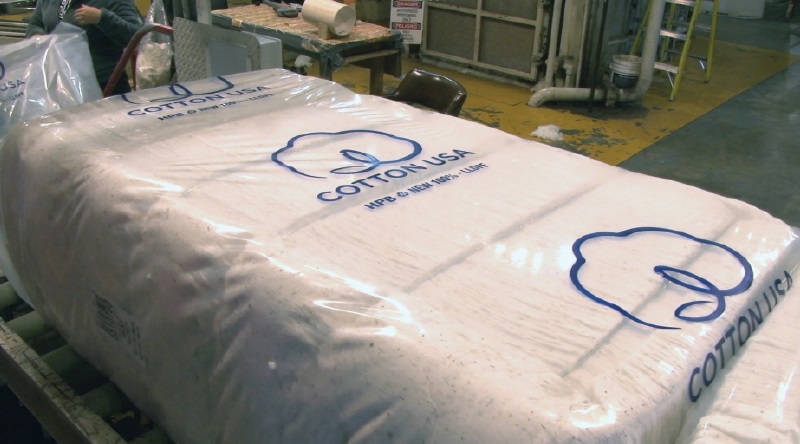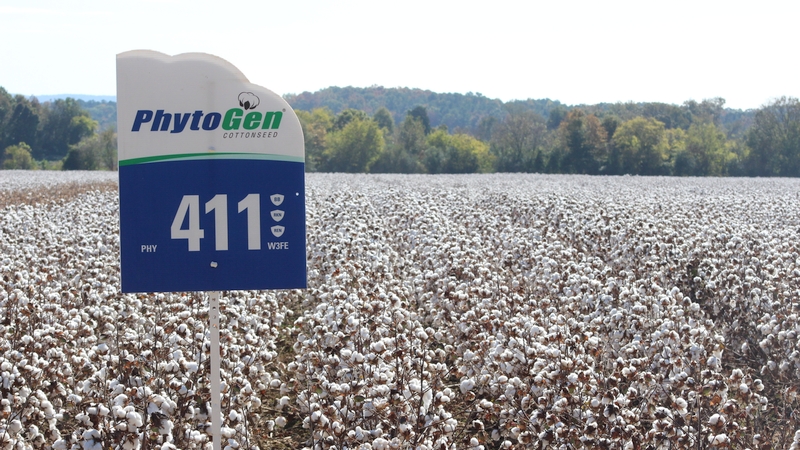Cleveland: Cotton Market Treads Water, Despite Troubling Crop Conditions
The cotton market, all but asleep, cruised through the week keeping its head just above 70 cents, but teasing the bears just enough to keep them focused for a move below 67 cents. Likewise, the market teased the bulls with hints of moving above 72 cents. The market will continue to work the previously established five cent trading range between 67 and 72 cents.
Too, there will likely be enough jousting a cent or so just above the range and just below the range, to keep both the bears and the bulls interested in the market. Trading volume has shrunk, but the market still flirts along filling needs mostly on an as needed basis. Look for much the same throughout the remainder of July.
U.S. crop conditions continued to suffer, especially on the Texas plains. Rainfall continues to jump over or skip around most of that region. The rains this past spring were enough to get the plants off to an adequate beginning, but now the total lack of subsoil moisture is taking its toll. As much as two-thirds of that crop must have near bi-weekly showers just to hang on. As was the situation last year, supplementation irrigation, with the absence of rainfall, will not be sufficient.
With the crop now in the fruit setting period moisture is critical. As was forecast earlier in the year, the Texas drought has spread into the Mid-South. Generally, the South Delta has received adequate moisture, but the North Delta has lacked moisture and the crop in that region is under yield-reducing stress. The U.S. crop experienced further deterioration on the week, thus making the third consecutive week of declining crop conditions.
Export sales were adequate on the week. Nothing exciting was seen in a very neutral report. Shipments were 209,100 RB of Upland, up 11 percent over last week, and about level with the four week average. Net Upland sales for 2011/12 were 83,100 RB. Due to cancellations, net new crop sales (for 2012/13 delivery) were a negative 1,900 RB. The U.S. dollar rose on the week, thus making U.S. cotton less attractive on the open market. While India is limiting its export activity, China has been the monopoly buyer of anything India offers. Staying with India, the monsoon is some 30 percent below the typical normal for this time of year. This not a great worry as of yet, but the clock is ticking toward lower yields. Nevertheless, as cotton is a very drought tolerant crop, a poor monsoon could cause Indian producers to plant more cotton if they decide it is too dry for other crops.
Typically, the cotton market is not very exciting from mid-July through mid-August. The market tends to sit back and see what Mother Nature brings forth. Everyone is attempting to judge crop conditions so as to get a solid workable estimate of the forthcoming crop size. As stated, expect the December contract to work the five cent, 67 to 72 cent area with a small probability of trading just outside that range a time or two.








